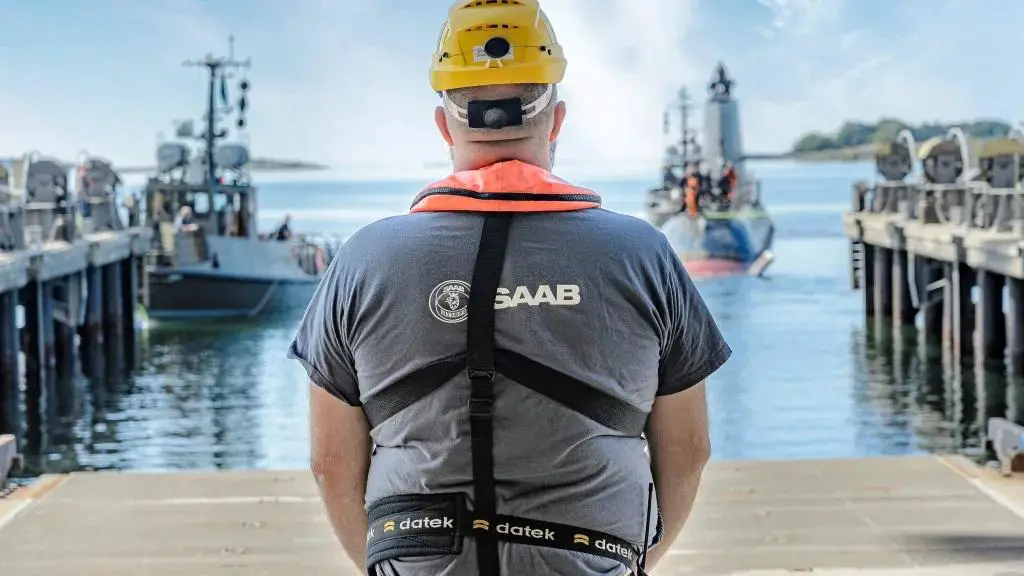Saab has signed a contract with the Swedish Defence Materiel Administration (FMV) for the Mid-Life Upgrade (MLU) of the third Gotland-class submarine, HSwMS Halland. The total order value is SEK 1.1 billion. Saab will conduct an extensive MLU on Sweden’s Gotland-class submarine HSwMS Halland, including an overhaul and upgrade of the combat system. More than 20 new systems that will be implemented in the state of the art A26 are also implemented in HMS Halland as part of the Mid-Life Upgrade, which contributes to their de-risking for the A26.
“This contract shows that an extensive Mid-Life Upgrade is a reliable, cost- and time-efficient solution for the Swedish Navy to receive essential new capabilities. It is also a proof point of Saab’s commitment to providing Sweden with cutting-edge underwater technology,” said Lars Tossman, Saab’s Head of Business Area Kockums.

The Gotland-class submarines were built between 1990-1997. The Gotland-class consists of three submarines, all of which have gone through minor modifications during the first part of their lifetime. HSwMS Halland is the final boat to go through an extensive MLU. HSwMS Gotland and HSwMS Uppland were relaunched in 2018 and 2019. The updated versions of the Gotland-class are paving the way for the most modern air-independent propulsion submarine under production today: the Blekinge-class (A26).
On the water surface, the submarine is powered by two sets of MTU engines. While submerged, the Kockums-built Stirling engine AIP system is used to drive a 75-kilowatt (101 shp) generator for either propulsion or charging the batteries. A Stirling engine is particularly well suited for a submarine because the engine is nearly silent and can use the surrounding seawater as a heat sink to increase efficiency. Submerged endurance is dependent on the amount of liquid oxygen stored on-board and is described as “weeks”. The class is characterized by its low acoustic signatures, extreme shock resistance, and a competent combat system.















